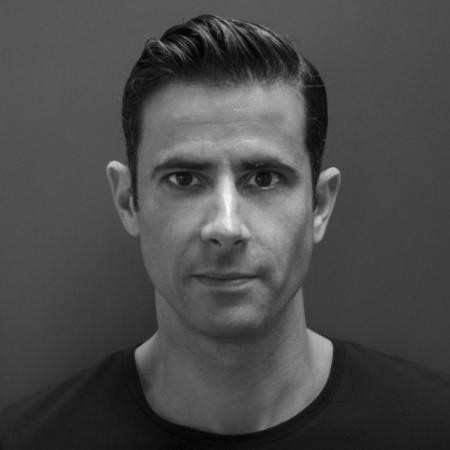Five Minutes with Elliot Wilson

Elliot Wilson, founder and strategy director of creative design agency The Cabinet speaks to Transform magazine about the process behind creating strong brand identities in the drinks sector, the importance of packaging and how technology will affect the branding sector.
What is the process that goes behind creating strong brand identities in the drinks sector? How does it differ from other market sectors?
The process of creating a strong brand identity for a drinks brand is not particularly different from that of creating any other type of consumer brand. However, what is different is the types of inputs you get and the general involvement from wider audiences than you may otherwise. Drinks, of all types and flavours rely on authenticity and credibility in a way that is not always true in other sectors. And therefore, bringing people along for the journey and involving different parties is key when developing a brands narrative and visual identity.
How important is the packaging when launching a new brand of alcohol or spirits? What does the packaging convey about a brand’s identity?
Unique packaging design is absolutely critical to the early success or failure of a new drinks brand and other than the basic need for stand out, a pack design needs to be able to express what makes it different and better from everything else that is out there. In no other industry is it truer that the brand in the hand drives perception and desire and if your pack does not deliver on these, irrespective of price and positioning, it has failed at the first hurdle. At The Cabinet we meet with many brand owners that have come to the market without this sorted and they only realise the importance of pack design when it is nearly too late.
What role does innovation play in the drinks branding sector? In what ways has it changed and grown over the years?
The drinks industry is a particularly competitive one and innovation therefore plays a vital role for the success or failure of a brand over the long term. Over recent years this requirement has only grown and for us at The Cabinet we believe that all brands must invent and reinvent themselves continuously if they wish to stay relevant and strong.
How will increased technology, including the use of VR and AR, affect the design sector? Will these elements become an integral part of branding?
Like all industries technology is moving faster than most businesses can keep up with and it is still unclear as to how the brands harness and utilise the technologies in a cost-effective way that reflects the brands values and positioning. In terms of how the design industry embraces this on behalf of their clients, at The Cabinet we have built in a digital first mindset to all of our projects, irrespective of the output. VR and AR are two components to the digital armoury that we feel very excited about and think with the right creative and execution these two tools could help elevate design and branding to the next level.
How important is brand architecture in the drinks industry?
Brand architecture as a principle is key when knowing how your brand will behave and how it expresses itself to its audience, but how that manifests itself can differ dramatically. There is no one size fits all brand architecture for drinks businesses and over the last few years many of the principles that we held dear for decades have been proven to be outdated and superseded by new approaches to how brands manifest themselves.
Does the specific brand’s owner need to be reflected in the visual identity or the brand values?
Like traditional brand architecture the days of brand owners having their own likeness incorporated into the branding and packaging are long gone. However, where we do see more of an owner identity is in the brand’s values and it is rare that we don’t see these being manifested when it comes to expressing the brands attitude across many consumer touch points and communications.












